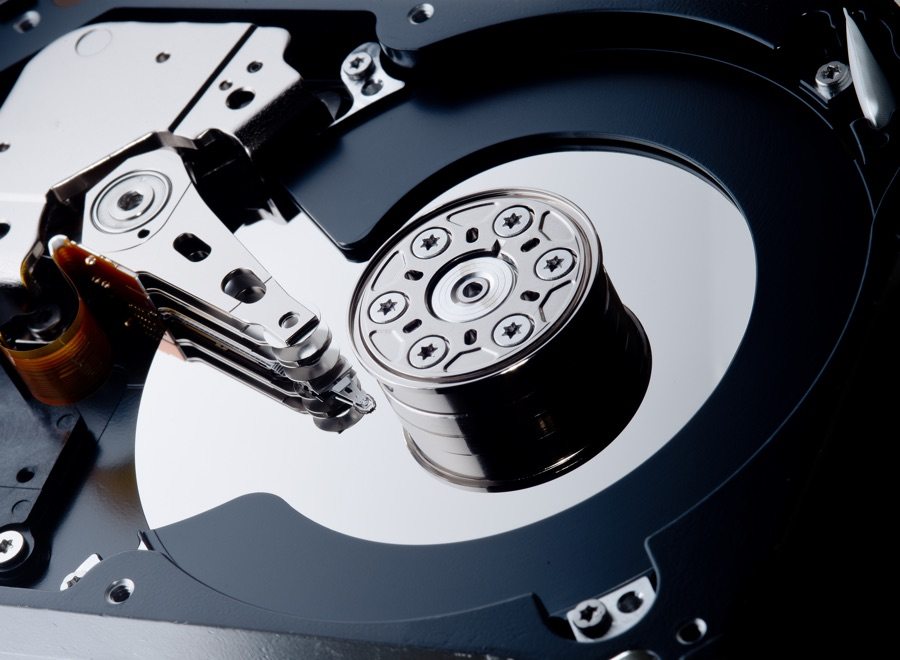Recovering data from a failing SSD can be a challenging process, but with the right techniques and tools, it is often possible to retrieve important files. The first step in addressing a failing SSD is to diagnose the extent of the problem. Often, SSD failure manifests through system crashes, slow performance, or unusual noises. Tools like CrystalDiskInfo or SSD-specific utilities from the manufacturer can help you assess the drive’s health by providing SMART Self-Monitoring, Analysis, and Reporting Technology data, which can indicate potential issues such as wear leveling problems or bad sectors. Once you have diagnosed the problem, it is crucial to minimize further damage. If the SSD is still somewhat operational, immediately stop using it to prevent additional wear or data corruption. Connect the SSD to a stable system using a reliable connection method. Avoid using potentially unstable USB adapters, as they might introduce further complications.

Data recovery software can be particularly useful in retrieving files from a failing SSD. Programs such as Ease US Data Recovery Wizard, Recuva, or Stellar Data Recovery are designed to scan the drive and recover lost or inaccessible files. These tools often come with options for deep scanning, which can search through even the most damaged sectors of the drive. When using recovery software, ensure that you select the correct drive and that you do not write new data to it, as this can overwrite the files you are trying to recover. If the drive is completely unresponsive or cannot be read by software tools, you may need to resort to more advanced recovery techniques. This often involves creating a disk image of the SSD, which is a sector-by-sector copy of the drive. Tools like ddrescue or Clonezilla are used to create these images, allowing you to work on a copy of the drive rather than the original, which minimizes the risk of further damage. Once you have an image, you can attempt data recovery from this replica. In cases where hardware failure is suspected, professional data recovery services may be required.
These services have specialized equipment and expertise to handle physical repairs or component replacements. For instance, if the SSD’s controller is malfunctioning, data recovery experts might have the tools necessary to repair or replace the controller to retrieve the data. This process is often expensive and time-consuming but can be essential for recovering critical information from severely damaged drives. Preventative measures can also help avoid future data loss. Regularly back up important files to separate storage media or cloud services to ensure that you have copies in case of hardware failure. Additionally, How to Recover Data monitoring the health of your SSD with diagnostic tools and replacing it at the first sign of trouble can help prevent data loss. In summary, recovering data from a failing SSD involves a combination of diagnostic assessment, careful use of recovery software, and possibly creating disk images. For severe cases, professional data recovery services might be necessary. Implementing regular backups and monitoring can also mitigate the risk of data loss in the future.
